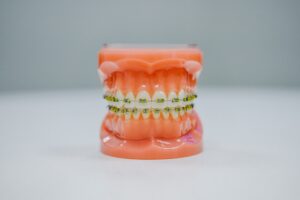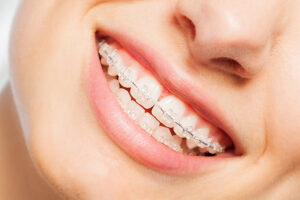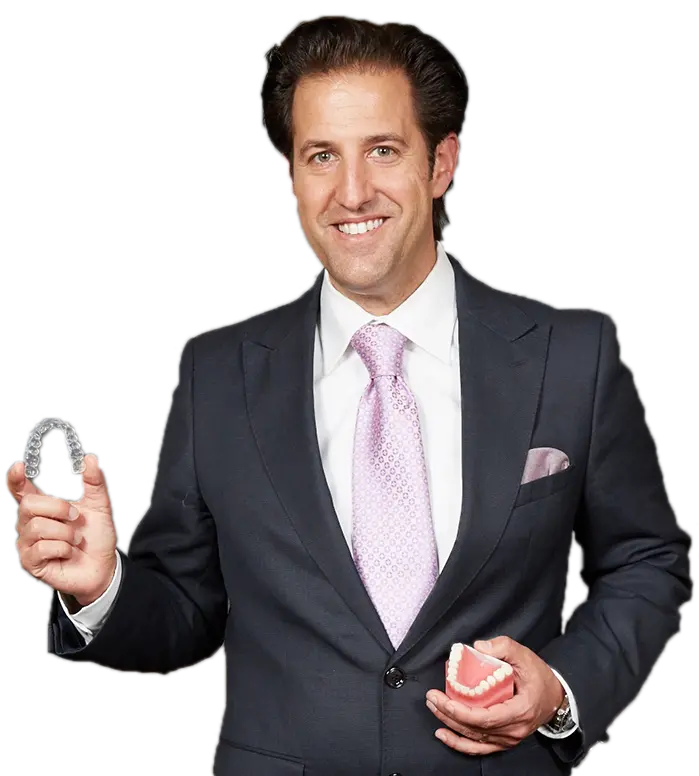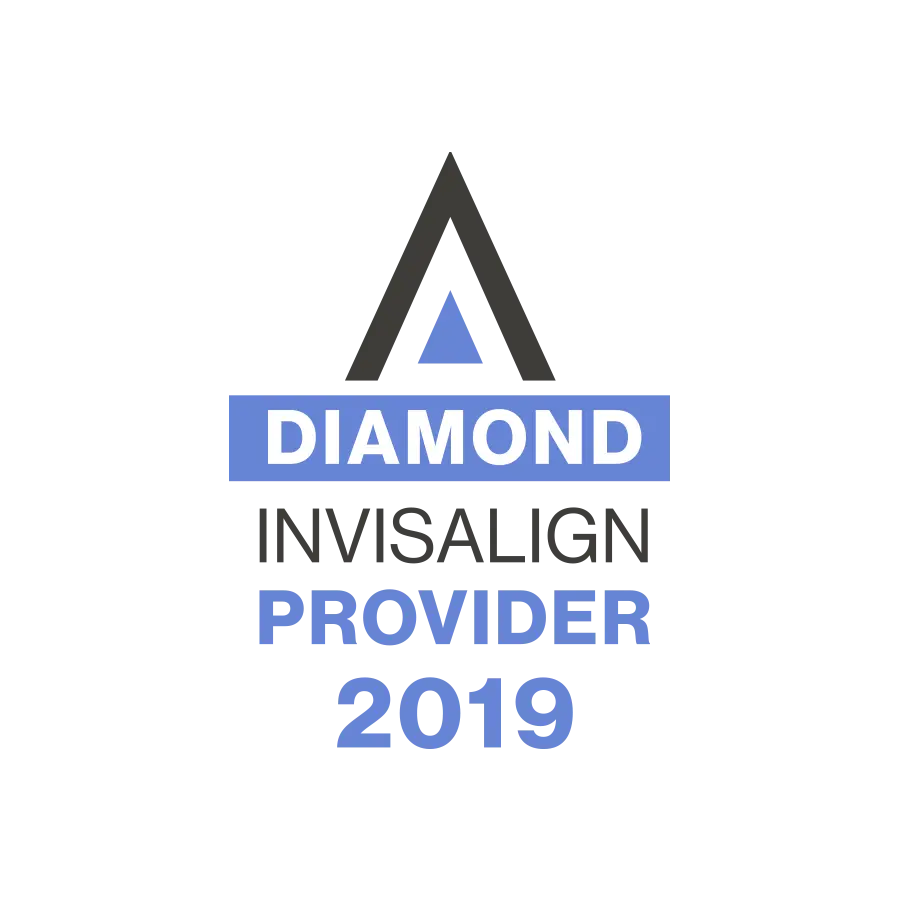Types of Dental Braces and How to Choose the Right One in Princeton & Hillsborough
Choosing the right type of braces isn’t always straightforward. There are more options now than ever before—and that’s a good thing. With the different types of dental braces available, patients in Princeton and Hillsborough can find a treatment that fits their goals, lifestyle, and budget.
Some braces are visible; others are barely noticeable. Some work faster, and others are more comfortable. But each has a purpose. Discover the most common types and how to decide what’s best for you or your child.
Exploring the Different Types of Dental Braces
There isn’t one universal option that works for everyone. That’s why orthodontists offer several kinds of braces to meet different needs. Here’s a breakdown of the most common choices.
Traditional Metal Braces

- These are the ones most people recognize.
- They use metal brackets and wires to shift teeth into place.
- They’re highly effective for complex alignment or bite issues.
- Over time, they’ve become smaller and more comfortable.
Ceramic Braces
- These use clear or tooth-colored brackets, making them less visible than metal.
- They work similarly to traditional braces but blend in better with your teeth.
- Ceramic brackets can stain if not cared for properly.
- They’re popular with teens and adults who want a more discreet look.
Lingual Braces
- Attached to the back of the teeth, so they can’t be seen from the front.
- They function like regular braces but are completely hidden from view.
- They may take some time to get used to and can slightly affect speech.
- Often chosen by professionals or public-facing individuals.
Self-Ligating Braces
- These don’t need elastic ties. Instead, they use clips to hold the wire in place.
- Easier to clean and can result in shorter appointments.
- May be more comfortable due to reduced friction.
- Available in both metal and ceramic materials.
Clear Aligners (like Invisalign)
- Removable plastic trays that are nearly invisible.
- Best for people with mild to moderate spacing or crowding issues.
- Require consistent wear to be effective.
- Ideal for those wanting flexibility and appearance without brackets.
Each of the different types of dental braces offers unique benefits. The right choice depends on your lifestyle, orthodontic needs, and how involved you want the treatment process to be.
Key Factors to Help You Choose the Right Option
Not every braces option is going to work for every person. The choice often comes down to a mix of practical needs and personal preferences. Here’s how to think through what might work best for you.
Age and Daily Routine
- Teens often need something durable and effective for growing mouths.
- Adults may lean toward less visible options for work or social reasons.
- Busy schedules might make clear aligners appealing since they require fewer office visits.
Severity of Dental Issues
- Complex bite problems usually need fixed braces like metal or self-ligating types.
- Mild crowding or spacing may qualify for clear aligners.
- Your orthodontist will determine what your teeth and bite actually need to move properly.
Appearance and Visibility

- If visibility is a concern, ceramic, lingual braces, or clear aligners may be preferred.
- Those comfortable with a more noticeable option may go with traditional metal for reliability and cost.
Maintenance and Oral Hygiene
- Braces like lingual types are harder to clean and need more attention.
- Clear aligners make brushing and flossing easier since they’re removable.
- Good hygiene is important regardless of type, but some options demand more time.
Cost and Insurance Coverage
- Metal braces are often the most budget-friendly.
- Ceramic and lingual braces tend to cost more.
- Clear aligners vary in price based on treatment complexity.
- Insurance plans may cover some options more than others, so it’s worth checking in advance.
If you’re choosing between the different types of dental braces, these factors can help you narrow things down. A consultation can also give you a clearer view of what will work best based on your treatment goals.
Comparing the Different Types of Dental Braces at a Glance
Sometimes, seeing the options side by side can make the decision a little easier. Here’s a quick comparison of the different types of dental braces, showing how they differ in appearance, comfort, cost, and ideal use.
| Type | Visibility | Comfort | Maintenance | Treatment Time | Best For |
|---|---|---|---|---|---|
| Metal Braces | Visible | Moderate | Moderate | Standard | Complex corrections, all age groups |
| Ceramic Braces | Low visibility | Moderate | Slightly more upkeep | Standard | Teens and adults concerned about looks |
| Lingual Braces | Hidden (behind teeth) | Lower comfort initially | High | Can be longer | Adults needing invisible treatment |
| Self-Ligating Braces | Low to moderate | Often more comfortable | Easier to clean | Often shorter | Patients who want fewer office visits |
| Clear Aligners | Nearly invisible | High (removable) | Easiest to maintain | Varies by case | Mild to moderate alignment cases |
This comparison highlights how the different types of dental braces fit into everyday life. Some options require more commitment to cleaning or wearing them as instructed, while others are more hands-off. Deciding what matters most to you—speed, appearance, comfort, or convenience—can help point you in the right direction.
Finding the Right Orthodontist in Princeton & Hillsborough
No matter which treatment you’re considering, the results depend heavily on who provides your care. Choosing a qualified, experienced orthodontist is just as important as choosing the type of braces.
Here’s what to look for when comparing practices in Princeton and Hillsborough:
Experience and Certification
- Look for board-certified orthodontists with a track record of successful cases.
- Ask about their experience with all the different types of dental braces.
Access to Modern Options
- A good orthodontist will offer a range of treatments, from metal and ceramic braces to clear aligners.
- Practices with updated technology often offer faster imaging, better fitting, and smoother treatment experiences.
Convenient Location and Scheduling
- Frequent check-ins are part of the process, so working with a local office saves time and hassle.
- Offices with flexible appointment times make it easier to stay on track with treatment.
Personalized Approach and Communication
- You should feel comfortable asking questions and discussing concerns.
- A clear explanation of each option—including costs, timeframes, and expectations—goes a long way in making the right choice.
The right orthodontist will help you feel confident in your decision. They’ll explain what works best for your situation and why, without rushing the process.
Frequently Asked Questions
Choosing the right orthodontic treatment comes with a lot of questions. Here are answers to some of the most common questions patients have about braces and aligners.
How long does orthodontic treatment usually take?
Most treatments last between 12 and 24 months. More complex issues may take longer. Clear aligners can sometimes work faster, depending on how consistent you are with wearing them.
Are clear aligners as effective as braces?
For mild to moderate alignment problems, yes. But for more severe bite or alignment issues, traditional braces often deliver better long-term results.
What’s the average cost for braces in Princeton & Hillsborough?
Prices vary based on the type of braces and length of treatment. Metal braces usually cost less than ceramic or lingual ones. Clear aligners can range widely in price. It’s best to ask for a consultation to get an exact estimate.
Can adults still get braces?
Absolutely. Adults make up a growing number of orthodontic patients. There are several discreet options, including ceramic braces and clear aligners, that suit adult preferences.
Do all orthodontists offer every type of braces?
Not always. Some focus on specific types like metal braces or clear aligners. It’s a good idea to choose a provider who offers multiple options so you can compare and choose what fits you best.
These answers can give you a solid starting point. But speaking directly with a local orthodontist will give you the clearest path forward—based on your teeth, goals, and lifestyle.
Take the Next Step with West Windsor Orthodontics
Choosing the right orthodontic treatment starts with understanding the options—and that includes expert guidance on the different types of dental braces. At West Windsor Orthodontics, you’ll get insights from a nationally recognized Invisalign specialist who has helped shape how the system is used across the world.
Dr. Jonathan Nicozisis brings decades of experience, clinical research, and international teaching into every consultation. From leading Invisalign innovation to developing advanced techniques that speed up treatment, he provides patients in West Windsor with unmatched expertise.
If you’ve been told Invisalign isn’t the right fit, it’s worth getting a second opinion. Call West Windsor Orthodontics at (640) 205-5368 or book online to schedule your consultation. Local, experienced, and committed to results—your smile is in good hands.




